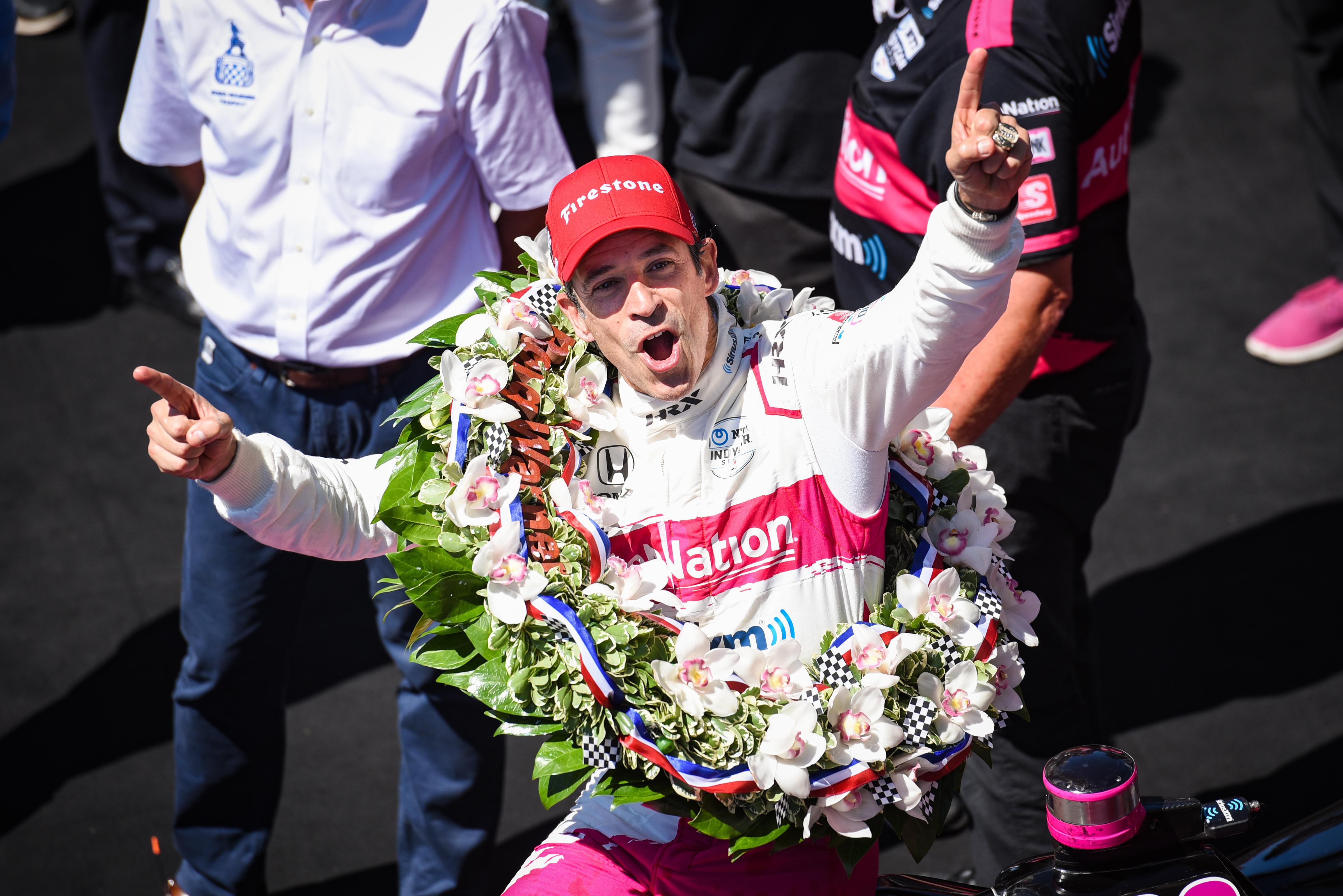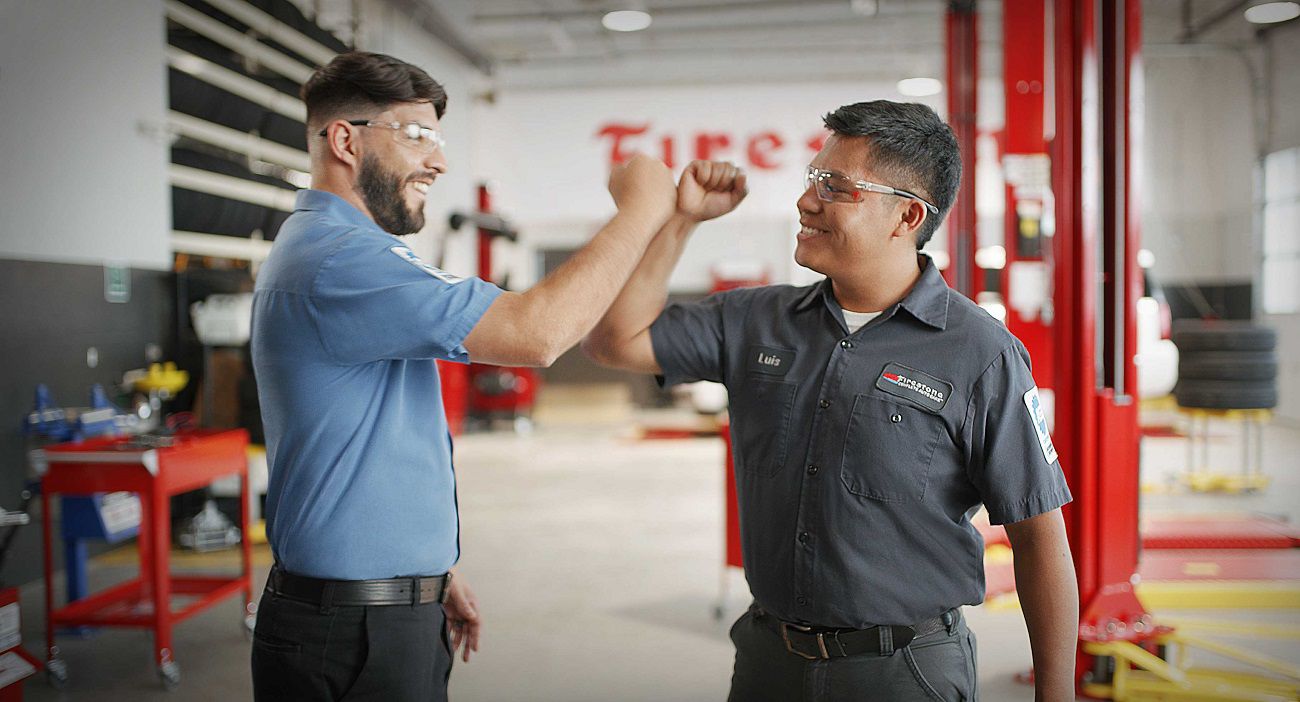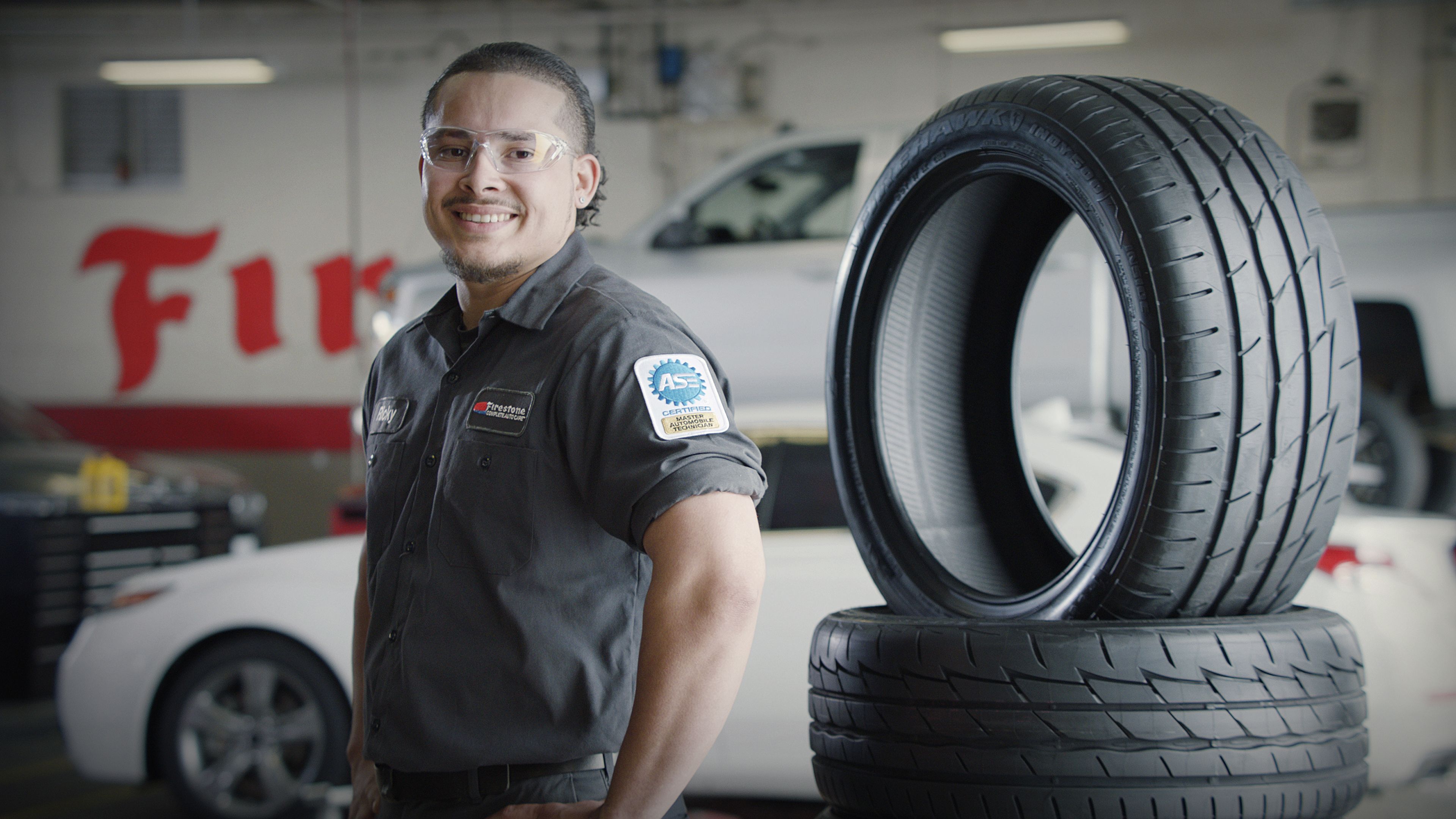The Indianapolis 500 Mile Race — or simply the Indy 500 — is one of the most popular motorsports races in North America. For over a century, 33 of the top INDYCAR drivers have competed to win the “The Greatest Spectacle in Racing.”
With the 106th Running right around the corner (May 29, 2022), it's time to brush up on your Indy 500 mainstays. Get prepared for Race Day with these Indy 500 fun facts and eight of its most popular traditions.
Pre-Race Day Traditions
1. 500 Festival Parade
The 500 Festival Parade is a long-standing Indy 500 tradition. The first celebration took place in 1957 (on short notice!) and drew a crowd of over 150,000. Decades later, the 500 Festival remains one of America’s top three parades.
The event takes a full year to plan and features intricately designed floats, music from the Purdue All-American Marching Band, appearances from all 33 drivers, and more. This celebration attracts both race-fans and locals and draws a massive crowd totaling approximately 300,000 each year — making the 500 Festival the largest annual event in downtown Indianapolis.
2. Carb Day
No, this tradition doesn’t refer to indulging in extra garlic bread, pizza, or pasta. So… then what is Indy 500 Carb day? In this case, “Carb” is short for “Carburetion” and refers to the final practice session before the race. Carb Day is currently held on the Friday before Race Day. Although, it was originally held on Wednesdays from 1969 to 1972.
Second, only to the Indy 500 itself, Carb Day is considered the biggest May event at the Indianapolis Motor Speedway. Tons of eager fans gather to watch drivers prepare to take on the full 500. Afterward, many choose to continue celebrating by enjoying a once-in-a-lifetime concert experience.
Race Day Traditions
3. (Back Home Again in) Indiana
A performance of the chorus “(Back Home Again in) Indiana” has long been a staple of the Indy 500 pre-race ceremonies. The jazz standard (originally released in 1917) has been performed at the Indy 500 since 1946.
Each year the Purdue All-American Band accompanies a vocalist on the tune. While many have performed the song, Jim Nabors is best known for his impressive 36 renditions. Before retiring, he performed “Back Home Again in Indiana” from 1972 to 2014.
Post-Race Traditions
4. Victory Lane
After the winner crosses the Yards of Bricks start-finish line, they’re quickly greeted by their families and crew members. A floral wreath is placed onto the winner, interviews take place, and the champion is handed their traditional Indy 500 milk bottle. Shortly after, the winning driver takes to the wheel for a final victory lap.
5. The Milk Chug
If it’s your first time watching the Indianapolis 500, you’ll likely be surprised when the winner of “The Greatest Race” chugs ice-cold milk — straight from the bottle.
The Indianapolis 500 milk tradition started in 1933 when winner Louis Meyer sipped buttermilk after winning his second Indy 500. Meyer’s mother had told him that buttermilk was the best thing to drink on a hot day. And when the executive of the Milk Foundation saw the photo in the newspaper, he was determined to make bottled milk an Indy 500 staple.
Outside of a brief hiatus from 1946 to 1955 (and one controversial orange juice chug), every Indy 500 winner has imbibed on an ice-cold bottle of milk — though most of it ends up on their heads. Each year before the big race, all 33 winners are polled for their milk preference. Racers can choose from whole, 2 percent, or fat-free milk — no chocolate milk allowed!
6. The Borg-Warner Trophy
Who could forget the Borg-Warner Trophy, the long-time dream of every Indy driver? This trophy isn’t just one of the biggest awards in motorsports; it’s also one of the most unique.
An Indy 500 victory comes with the honor of having your face sculpted onto the infamous Borg-Warner Trophy — which consists of driver likenesses affixed to its sterling silver body. Each “tile” features a bas-relief portrait of the winner’s face and an inscription of their name and winning year.
The “original” Borg-Warner was commissioned in 1935 and features Indy 500 winners dating from 1911 (the running of the first Indianapolis 500) to 1987. Once the Borg-Warner was filled, additional bases were added — there’s currently space on the Borg-Warner through 2034. Today, Indy 500 winners receive a “Baby Borg” immediately upon winning the race.
7. Kissing the Bricks
The original Indianapolis Motor Speedway was paved with crushed stone and tar in 1909 but was destroyed in the first summer races of that year. Track officials then decided to pave the track with bricks in the fall and winter of 1909. Today, all but a yard of that original brick (located at the start-finish line) is covered with asphalt.
NASCAR Champion Dale Jarrett started the tradition of “kissing the brick” following his Brickyard 400 victory in 1996. Most motorsports who compete at Indianapolis Motor Speedway — including NTT INDYCAR SERIES drivers — have since followed suit.
8. Victory Celebration
While the runner-ups aren’t celebrated on the field, they certainly are celebrated at the Indianapolis 500 Victory Celebration. The Victory Celebration, which takes place the day after the Indy 500, brings participants back together (this time in more formal wear). They celebrate their accomplishments, honor one another, and bring the Indy 500 events to a close.
Get Prepared for The Indy 500 with Firestone Complete Auto Care
Ever since Ray Harroun's Firestone-equipped Marmon Wasp won the inaugural Indianapolis 500 in 1911, Firestone has worked to constantly evolve race tire technology. As the sole tire supplier of the NTT INDYCAR® SERIES since 2000, you know that you can trust Firestone tires to provide you with an exhilarating ride.
If you're a car enthusiast looking for a tire built to perform, shop the Firehawk™ for yourself. Drop by your nearest Firestone Complete Auto Care for a pit stop today.



